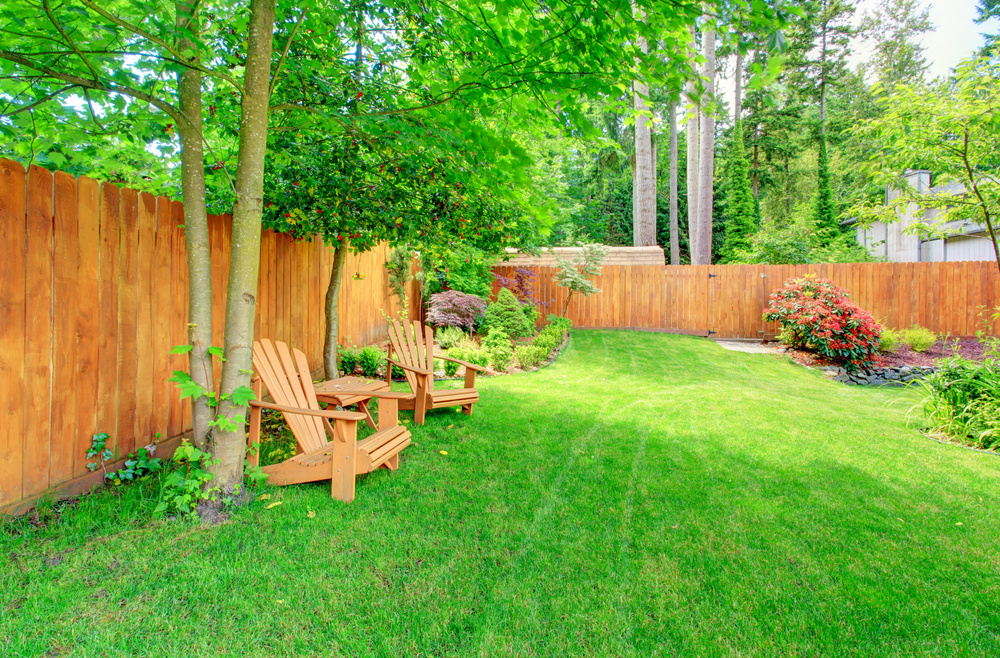Installing a fence can be a massive project, but it’s worth it in the end. If you’re gearing up for your fence installation, read these tips to prepare. From getting your yard ready to hire the right professionals, we’ve got you covered.
Confirm your property line
Before starting the installation process, it’s essential to know where your property line is. It can be done by contacting your local zoning board or hiring a surveyor to come out and mark off the boundaries of your lot.
Check with your local municipality to see if any zoning restrictions or permits are required for fence installation
Some municipalities require permits to install a fence, especially if you plan to build a large or permanent fence. Make sure to research and understand any restrictions before beginning your project.
Please speak to our neighbors
Even if you don’t plan on putting up a fence that spans your entire yard, informing your neighbors about your plans is worthwhile. It will not only help them understand what you are doing but can also help avoid any potential disputes down the road.
Steps how to plan the installation
Before beginning your fence installation, carefully plan out the process. Some steps to consider the following:
Get your materials and tools ready in advance. It will help ensure you have everything you need when you start working.
Clear any debris from the area where your fence will be installed. It will help prevent accidents or injuries during installation.
Confirm your property line and research any zoning restrictions or permits required for fence installation in your area.
Speak to your neighbors about the project to avoid any potential disputes.
Set a budget for the installation and decide how you want to pay for the project. It may include hiring a contractor or doing it yourself.
Mark off the area where your fence will be installed using stakes, string, or spray paint.
Dig post holes and set your posts according to your planned layout. Make sure that your posts are level and placed in the correct location.
Wire your posts together to create the frame for your fence. You may need to purchase or rent a unique tool for this step, depending on the style of fence you are installing.
Secure your fence panels or planks to the posts using screws or nails. Make sure that the panels are level and secure.
Once your fence is installed, take some time to do repairs or touch-ups as needed. It may include adjusting posts, replacing old panels, or sealing gaps or cracks in the fencing. With a little bit of care and maintenance, your new fence can last for years to come.
How to pick the right fence for your needs
When it comes to installing a fence, there are many factors to consider. Some of the key considerations include the following:
The style and design of the fence: This can include things like height, type of material used, and whether or not it is ornate or straightforward.
The purpose of the fence: Do you need privacy from your neighbors? Are you looking for something that will keep pets or children safely enclosed? Understanding your goals for the fence can help you pick the right style and materials.
Your budget: Fences can range in cost depending on their size, material, and complexity. Set a budget that works for your needs and stick to it throughout the installation process.
Your property line: To ensure that your fence is installed correctly, it’s essential to know where your property line is. It may require you to contact your local zoning board or hire a surveyor to come out and mark off the boundaries of your lot.
How to maintain our fence after installation
Once your fence is installed, you can do a few things to maintain and care for it. These tips may include:
Cleaning: Regularly cleaning your fence with a garden hose or pressure washer can help remove dirt and debris, keeping it looking its best.
Painting or staining: Depending on the type of material you have used for your fence, applying a fresh coat of paint or stain every few years may be necessary to keep it looking new.
Repairing damaged panels or posts: If any parts of your fence become damaged due to wear and tear, you can make simple repairs yourself by following the instructions from the manufacturer. It may include replacing any fencing panels or reinforcing loose posts.
Replacing old panels or sections: Over time, your fence will eventually need to be replaced entirely. If your fence looks outdated or worn, it may be time to invest in a new one. With proper care and maintenance, your new fence should last for years.
Conclusion
Whether you are installing a fence for privacy, security, or aesthetic purposes, there are many factors to consider. By doing your research, setting a budget, and preparing for any potential zoning or permit requirements, you can get ready for a successful fence installation project. With proper care and maintenance, your new fence can provide years of enjoyment and protection for your home and property. Check out this link https://www.superiorfencellc.com/davis-california-fencing for more tips on how to get ready for fence installation.
